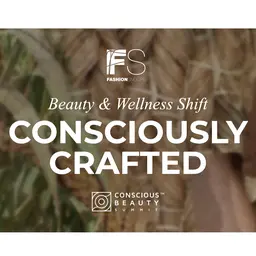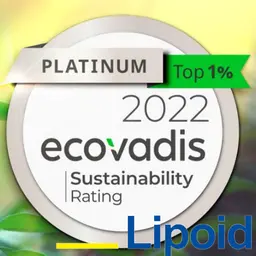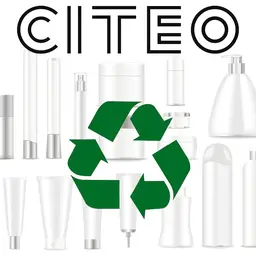
Instagram and Facebook have published reports on the effect of their networks on how their users consume cosmetics. From the greatest brands to more modest companies, not to mention bloggers and even ordinary people, everyone contributes to sharing beauty on the web.
Recent studies have reported that social networks are among the most popular media used by consumers to get information on cosmetics before buying them. Right, but why is that?
Buying journey revolutionized
With the advent of e-commerce, everyone knows that visiting a store without really knowing what you are going to buy and benefitting from a shop assistant’s tips is no longer the only way to consume. And yet, a new trend seems to be emerging: the influence of social networks on consumers. According to the survey conducted by GFK for Facebook (study conducted in January 2017 among 3,648 women aged 18-64, who had bought at least one beauty product over the previous three months in the United Kingdom, France, Germany, or the United Arab Emirates), 72% of beauty consumers are influenced by their online experience.
If in-store selling is still the most popular channel among consumers (69%), 45% of customers buy much more online than in store, compared to the previous years.
This growth can be explained by lifestyle digitalization. Online selling is more convenient and often cheaper than in store.
Lastly, smartphones are becoming essential in the buying journey, since 45% of the beauty product buyers surveyed in certain European countries declare they increasingly shop with their mobile devices (smartphone or tablet).
A source of confidence and inspiration
Today, Instagram counts 400 million daily users, Facebook 1.3 billion. A great part of this public is fond of beauty-related contents – a godsend for brands and bloggers.
Indeed, the ad campaigns on these networks greatly contribute to establishing brands’ credibility. Statistics speak for themselves, as almost 40% of consumers declare they are more likely to buy a brand’s products they see on Facebook or Instagram. In addition, the attractive visuals or the tests and reviews posted make a whole swathe of the people surveyed more trustful of the products they see on social media (29% for Facebook, 44% for Instagram).
On top of that, beauty contents (tutorials, look, new launches) are real sources of inspiration for consumers. 65% of the buyers who interact with beauty-focused content admit they use Instagram to find new styles and tips. Social networks also play an indirect role, since 72% of beauty buyers have already been tempted to purchase a product they did not intend to before seeing it online.
Videos: the future of beauty?
In addition to their polished contents and well-thought-out aesthetics, Facebook and Instagram are now taking up videos. Both networks offer live broadcasts or ‘stories’ (short-lived videos in which you can also insert pictures, only on Instagram). Obviously, this way of sharing content is on a roll: today, Instagram counts almost 150 million users familiar with stories.
The rise in the number of videos published over the past six months reaches about 150%.
Again, this trend is profitable to the world of beauty – the influence on consumers is undeniable. And the video format makes it possible to inform people, entertain them, and catch their attention: in short, it makes posts more interactive.
It is not a coincidence if videos are getting increasingly more popular among major groups. Brands use them to show what happens behind the scenes at the events they take part in.
The idea is simple: they showcase previews of their new products, without having to wait for press releases. As they get a front seat to discover new trends, consumers are interested and even more likely to buy products when they are available.
Facebook and Instagram offer countless beauty-related contents for everyone, any time of day. It is no surprise the impact of social networks on consumer behaviour is getting more and more important.
JS













